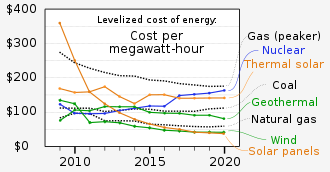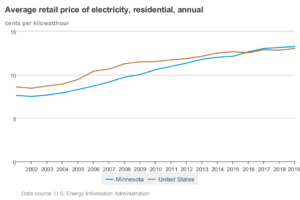Ventilation and Air Quality

Many individuals invest a large portion of their energy inside, and the nature of indoor air fundamentally affects their well-being and solace. Deficient ventilation can make a room stodgy and awkward. Openness to indoor poisons like shape, radon, handed-down cigarette smoke, squeezed wood items (that might contain formaldehyde), and different materials can Shell Energy Reviews and prompt well-being impacts, including asthma and cellular breakdown in the lungs. Dampness developments can likewise prompt primarily harm to the structure. These issues can be tended to most really by limiting and overseeing contamination sources in the structure. Issues that stay after advances have been taken to diminish poisons can be tended to by further developed building plans and activities, as well as by frameworks acquiring sifted, outside air and debilitating sullied inside air.
Natural air

Natural air might invade the structure inadvertently through releases or controlled ventilation. Norms ordinarily require different least ventilation rates for various space-use types and tenant densities. A few offices, like emergency clinics and labs, require fundamentally more natural air than others. In any case, expanded ventilation increments energy utilization when unconditioned, outside air should be warmed or cooled as it replaces molded, indoor air that is being depleted. In 2010, undesirable private air spills were answerable for multiple quads of room warming energy misfortune and one-half quads of room cooling energy misfortune, and more than one quad of business warming energy misfortune. Construction regulations indicate the most extreme permitted spillage, yet recognizing holes can be troublesome and costly, and consistency rates are many times poor. New advances, for example, the Acoustic Building Infiltration Measuring System, may further develop exactness and lessen costs.
There are numerous ways of lessening the energy lost in ventilation frameworks, which incorporate the accompanying:
- Lessen spills in building shells and conduits: While limiting uncontrolled penetration is a basic piece of building plan and development, finding and fixing spills in existing structures presents a more prominent test, particularly in business structures where compression tests won’t be quickly used to gauge and find spills. DOE research prompted the advancement of material that can be showered into existing channels to seal spills from within.
- Utilize normal ventilation where conceivable: In certain environments and at specific seasons, regular ventilation can be utilized to present outside air utilizing normal flow or fans. Great structure configuration, painstakingly picked direction, windows that open, and edge vents are a portion of the numerous procedures that can be utilized. Economizers are gadgets that get outside air when proper and can decrease cooling loads by 30% when worked by a very much planned control framework. Economizer plans that limit or takes out disappointments can be significant for productivity, however, a critical part of introduced economizers may not be usable due to unfortunate upkeep. The up-and-coming age of sensors and controls can computerize discovery and support notice to assist with resolving this issue, and economizer plans can be improved to limit upkeep.
- High-level sensor and control frameworks give ventilation just where and when it’s required: Most introduced frameworks execute fixed air-trade rates as determined by code, however, ventilation needs to rely on inhabitance, building reason and inside exercises, and different variables (e.g., an emergency clinic).
